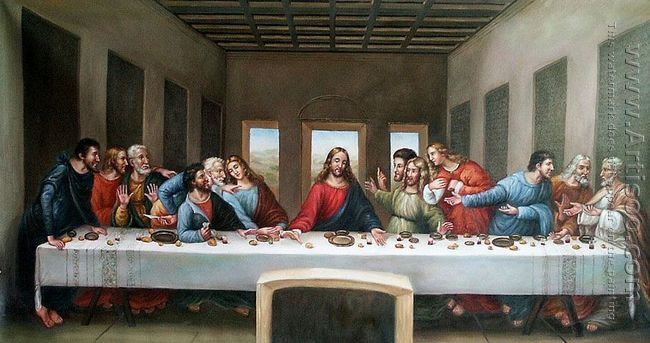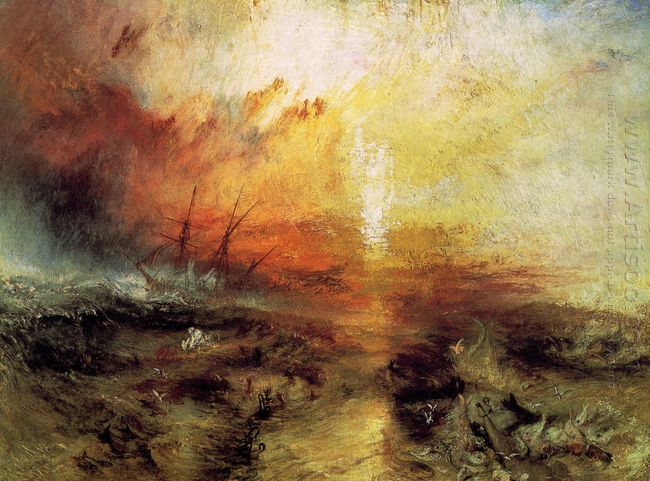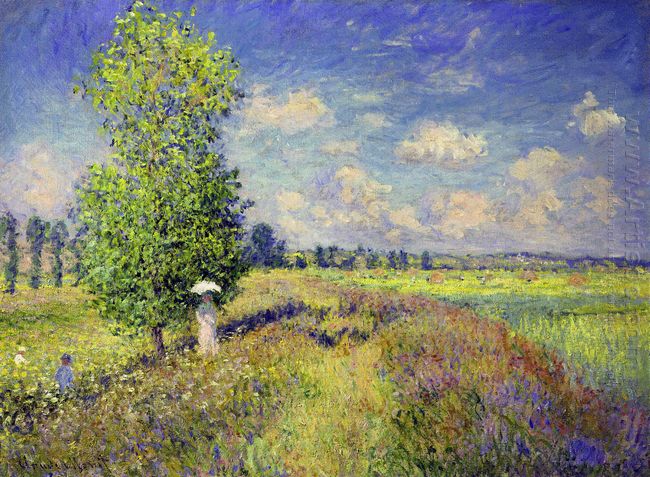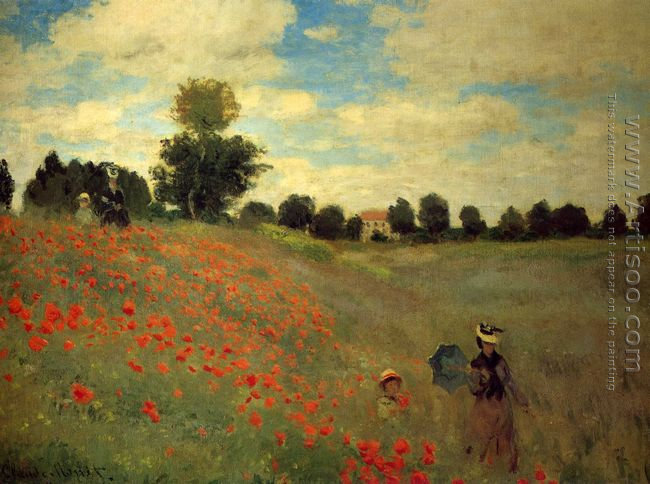The Last Supper is one of Leonardo da Vinci's most widely-known representative works. It's a late 15th century mural painting with the theme from the Bible Story. The evening before Jesus Christ was betrayed by Judas, he gathered all the twelve disciples together to have a meal and gave them explicit instructions on that ritual. Leonardo da Vinci specifically depicted the reaction given by each apostle when Jesus dropped the bombshell that one of them would betray him before sunrise. All twelve disciples reacted to the news with various degrees of anger, shock, and horror.
Leonardo completed this work in 1498, and at that time, he was not the only artist who chose this particular biblical scene as the subject for a religious painting. Compared to other depictions of The Last Supper from this period, however, Leonardo's work was the best. Unlike other artists who excluded Judas by placing him alone on the opposite of the table from other eleven disciples and Jesus or placing halos around all the disciples except Judas, Leonardo instead has Judas lean back in the shadow with his hands clutching a small bag, which perhaps signify that Judas had been paid for his betrayal. In addition, we can see in the painting that Judas is tipping over the salt shaker. This may be related to the Near-Eastern proverb "to betray the salt", which means to betray one's master.
From left to right, the twelve apostles are sitting in groupings of three. Bartholomew, James Minor and Andres form the first group. All are aghast and Andrew holds his hands up in a "stop" posture. Nearer to Jesus, Judas, Peter and John form another group of three. Peter, who is holding a knife, looks visibly angry. The feminine-looking John seems about to swoon. On the right side of Jesus, Thomas, James the Greater and Philip comprise the next group. Thomas is clearly agitated. James the Greater stunned and Philip appears to be seeking clarification. The last group consists of Matthew, Thaddeus and Simon. It appears that both Matthew and Thaddeus are turned toward Simon to see if he can give them any explanations.
The work is presumed to be started in 1495 while Leonardo completed it in 1498. In order to find the most proper face that fits each apostle, Leonardo spent large amount of time observing people in the market. As a result, in The Last Supper, every apostle appears to act like a real person. This is one reason for why Leonardo's work is much more remarkable and unrivalled when compared to works of other painters.












